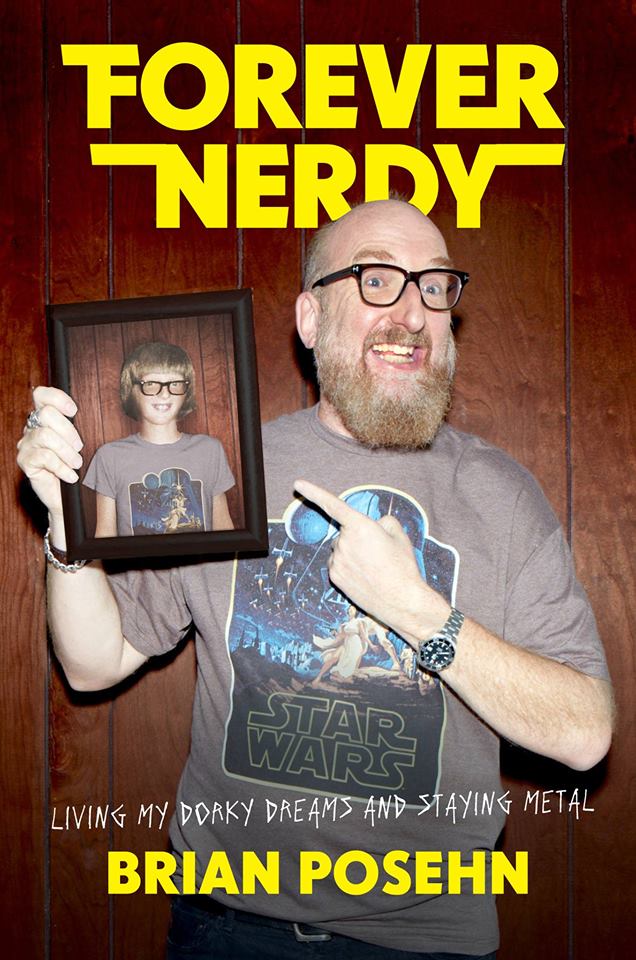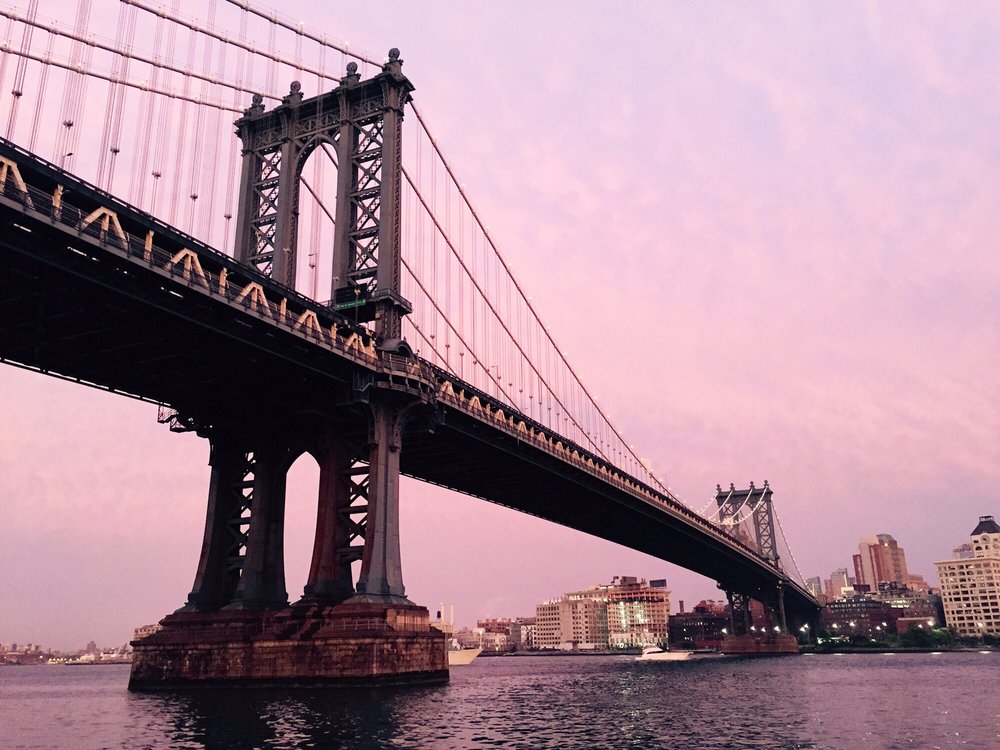
(Photo: Michel Bergeron)
From the Dumbo Arts Center: The Third Bridge by Osman Akan
October 14, 2007 – January 14, 2008
“The Third Bridge” an artwork in fiber optics by Osman Akan, will be installed on the waterfront in the Brooklyn Bridge Park near the Manhattan Bridge from October 14, 2007 to January 14, 2008. “The Third Bridge” is Dumbo Art Center’s first solo commission and the pilot in a developing series, titled “Outer Space.” Read the release after the jump…
The Third Bridge
“Life is a bridge,” the Eastern proverb goes. “Cross over it, but build no house on its span.” An invitation since time immemorial to ramble on, the idea of the bridge has served—literally and metaphorically—to connect where we are now to where we wish to arrive. Like the romance of the road, it is best considered as a means and not an end; to act otherwise invites arrested development, immaturity, dreams deferred.
Also a powerful metaphor for unity, the desire to build bridges is, by definition, a progressive urge. The driving force behind bridges propels the race toward improvements of both the material and metaphysical kind. Think of the telephone, the railroad and the multistory building, for example. Each of these, in its time, was a piece of cutting edge technology—a bridge linking ambition and achievement. Inventions like these made men dream and, just as importantly, improved the way they got their wares to market.
It comes as no surprise, then, that bridges—in their ideal form and as feats of engineering—have long inspired artists to sing their praises. >From Wordsworth’s “Composed Upon Westminster Bridge” to Hart Crane’s ecstatic canto to the Brooklyn Bridge to a recent documentary on the Golden Gate Bridge’s suicide appeal, bridges — especially the world’s more impressive structures — invite the mind to dream big, pushing the limits of the imagination toward new ideas beyond the established.
A new work of contemporary art that plays on the traits of these grandiose and useful monuments is Osman Akan’s “The Third Bridge,” a sculptural installation using unorthodox and volatile materials like light, wind and fiber optic cables. Sited outdoors on a walkway in Brooklyn Bridge Park, itself located on the East River waterfront — virtually beneath the Brooklyn and Manhattan bridges — Akan’s sculpture taps into the natural and man-made aspects of a landscape heavily trafficked by folks immersed in their most reflexive, meditative moments.
Not so much a demonstration of artistic innovation as a challenge to activate the mind’s trap and chutes in relation to its physical as well as its metaphorical surroundings, Akan’s “Third Bridge” uses prosaic if advanced contemporary technology — namely, the fiber optic strands that form the plumbing and architecture beneath and above our most routine daily exchanges — to comment on and render visible the vast networks of information that envelop our everyday lives. Planted in individual strands to form curving pathways of fiber optic “grass,” the imitation meadows pose a basic question about the environment of our 21st century information age — specifically, what is natural? A public sculpture that demands interactivity of the tactile and cogitative kind, Akan’s work also incorporates air into its artistic effects, swaying and bending with the wind, an anti-monument to the variable fortunes of human communication.
Located between two towering examples of 19th century “connectivity, ”Akan’s “Third Bridge” enacts a sculptural metaphor for our digitally dependent present. In this formulation, t he high-speed information transmitted by light impulses represents the bridge’s finished span. The sculpture’s fiber optic rods, for their part, stand in for the stone, mortar and cable work that does the heavy lifting for many of the globe’s most essential networks. The “grass” itself eschews monumentality as a site-specific expression of hidden networks and values begat by new technologies.
“I use fiber optics for many reasons, but most importantly because of their ability to form networks,” Akan has said, by which he means all such networks, from “the flux of information from late night television to surveillance cameras, from chat lines to stock markets, as well as cultural networks such as artist networks.” However invisible, Akan’s “The Third Bridge” suggests, fiber optics constitute the pathways that traffic in our most important symbolic and material values — information, linkage, trade, among others — even to the degree that they help reshape what passes for human nature today and in the future.
Figurative and literal in its commentary on the networks that make possible our most basic and complex exchanges, Akan’s “The Third Bridge” carves out a perfectly shifting aesthetic middle ground from which to contemplate the consequences of our most important technologies. To paraphrase the Austrian novelist Robert Musil, Osman Akan’s public light sculpture displays, among other things, the structure of a terrific work of art: if analyzed properly, it is not an experience that is frozen, instead it operates like the vibrating of a bridge, a road that changes with every step one takes on it.





